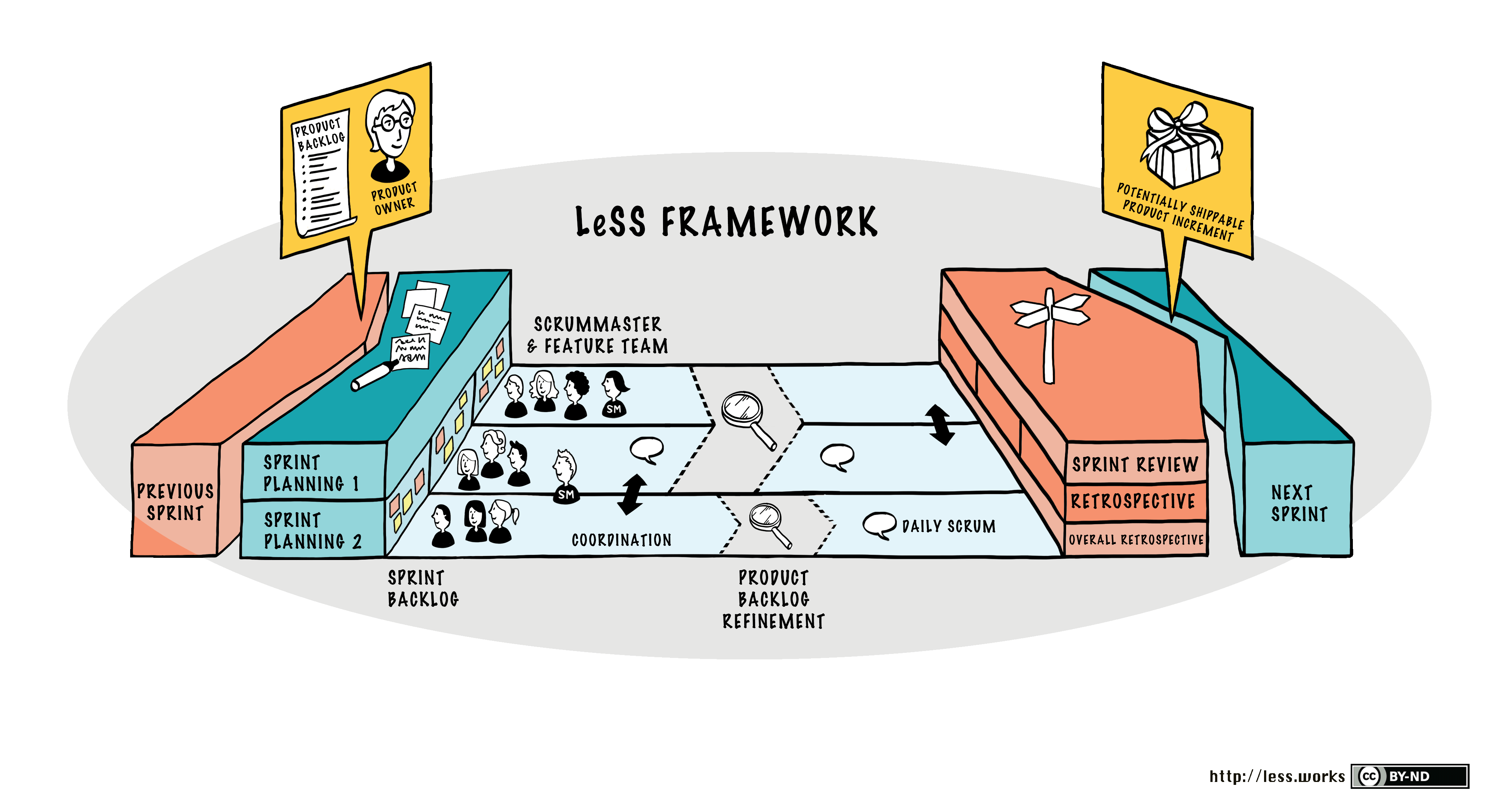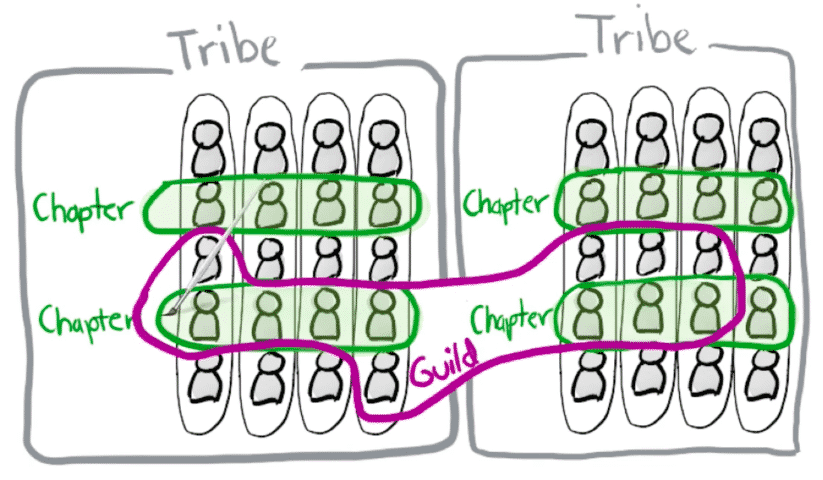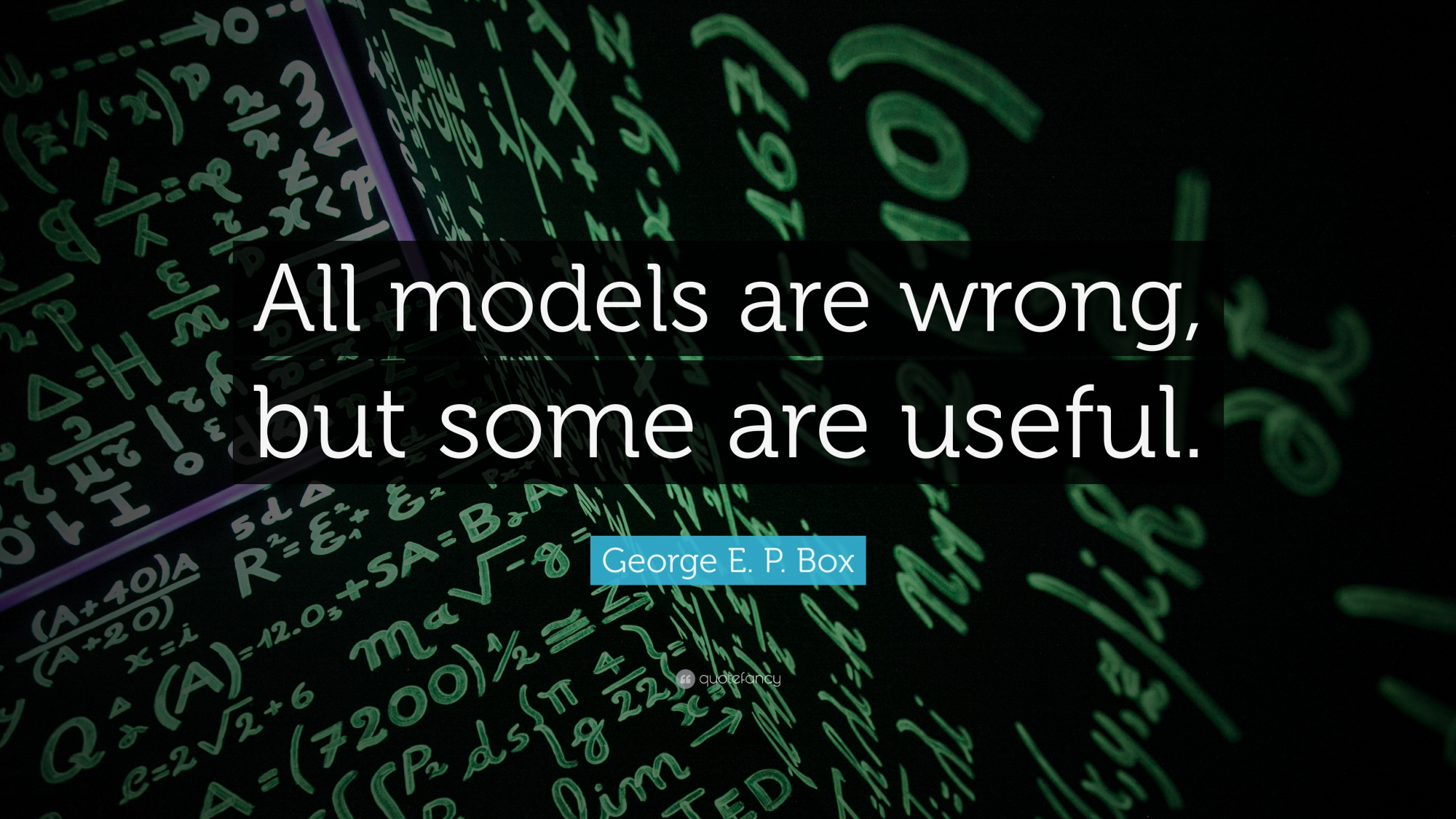This post is based on this simple premise from the statistician George Box, Statistician, 1919-2013 and his famous quote.
There are also several other versions of this quote… some variations are listed below…
- All models are wrong.
- All models are wrong, some are useful.
- All models are flawed, but some are useful.
- Remember that all models are wrong; the practical question is how wrong do they have to be to not be useful
- All models are approximations. Essentially, all models are wrong, but some are useful. However, the approximate nature of the model must always be borne in mind….
- All models are approximations. Assumptions, whether implied or clearly stated, are never exactly true. All models are wrong, but some models are useful. So the question you need to ask is not “Is the model true?” (it never is) but “Is the model good enough for this particular application?”

There were a lot of comments received from top experts about George’s philosophy that provide clarity to the above:
- What is simple is always wrong. What is not is unusable — Paul Valery
- We all know that art is not truth. Art is a lie that makes us realize truth, at least the truth that is given us to understand. The artist must know the manner whereby to convince others of the truthfulness of his lies.— Picasso, Pablo
- … no models are [true]—not even the Newtonian laws. When you construct a model you leave out all the details which you, with the knowledge at your disposal, consider inessential…. Models should not be true, but it is important that they are applicable, and whether they are applicable for any given purpose must of course be investigated. This also means that a model is never accepted finally, only on trial.
- Modelling in science remains, partly at least, an art. Some principles do exist, however, to guide the modeller. The first is that all models are wrong; some, though, are better than others and we can search for the better ones. At the same time we must recognize that eternal truth is not within our grasp.
- A model is a simplification or approximation of reality and hence will not reflect all of reality. … Box noted that “all models are wrong, but some are useful.” While a model can never be “truth,” a model might be ranked from very useful, to useful, to somewhat useful to, finally, essentially useless.
- … there are wonderful models — like city maps…. My maps of Philadelphia are useful. Moreover, except for a few that are out-of-date, they are not wrong.
- If I say that a map is wrong, it means that a building is misnamed, or the direction of a one-way street is mislabeled. I never expected my map to recreate all of physical reality, and I only feel ripped off if my map does not correctly answer the questions that it claims to answer.
So what does this mean in reality:
- Don’t fixate on models and be hung up on them!
- Derive the essence of what this model is trying to do and work to get this understanding.
- Remember often your organization system is a model of models – what one author called a ‘Lattice of models’. Individually, the model might not be sufficient, but as a ‘lattice of models’ in concert, it might be more useful.
- Digest the models, and expand it as a systemic solution to the problem you are trying to solve. Implement the model, continuously test and access the model for performance, and fix it through continuous improvement – in effect after some time, the actual model in practice will no longer look like what you started with.
Examples of models in action:

- Scrum as a model: The Scrum framework is a model for complex problem solving for work done by teams. However, to be useful, this model needs to be used in full, not in parts. To get the essence of the model, the underlying system must be able to tolerate and work with empiricism, because the scrum model is predicated on continuous improvements. This means improvements that are implemented, real, and that work. Otherwise, this model does not work in any valuable way. Also, Scrum is a meta-model or a meta-process framework. Scrum by itself doesn’t do the work. If you are doing software development, as an example, along with Scrum, you need other practices that harmonize alongside it. These model frameworks together form the lattice that we talked about earlier. It will potentially include Product Management techniques, Product backlog management techniques (User Stories, etc), UX/CX models and techniques, Software development techniques like eXtreme Programming XP, Test-driven development (TDD), Acceptance Test-driven development (ATDD), Continuous integration (CI) and Continuous Delivery and Deployment practices (CD, CD2) coupled with a multi-functional team (itself a model for individuals moving from specialists to specialized generalists)
- Another popular model that is wrongly talked about is the Spotify model, which is nothing but a snapshot of the Spotify organization in 2014. Meaningless terminologies like squads, tribes and chapters are borrowed from this model and implemented in organizations to no real benefits realized from this change. Again, like the Scrum example above, it requires understanding the values and principles behind the models, deriving them and applying them in practice that would require mental models in organizations to shift from fixed thinking to adaptive thinking.

So, in a nutshell…
“All models are wrong, some are useful!” — George Box
We shall build upon this concept in every article in this site as we develop this forward.




Leave a Reply